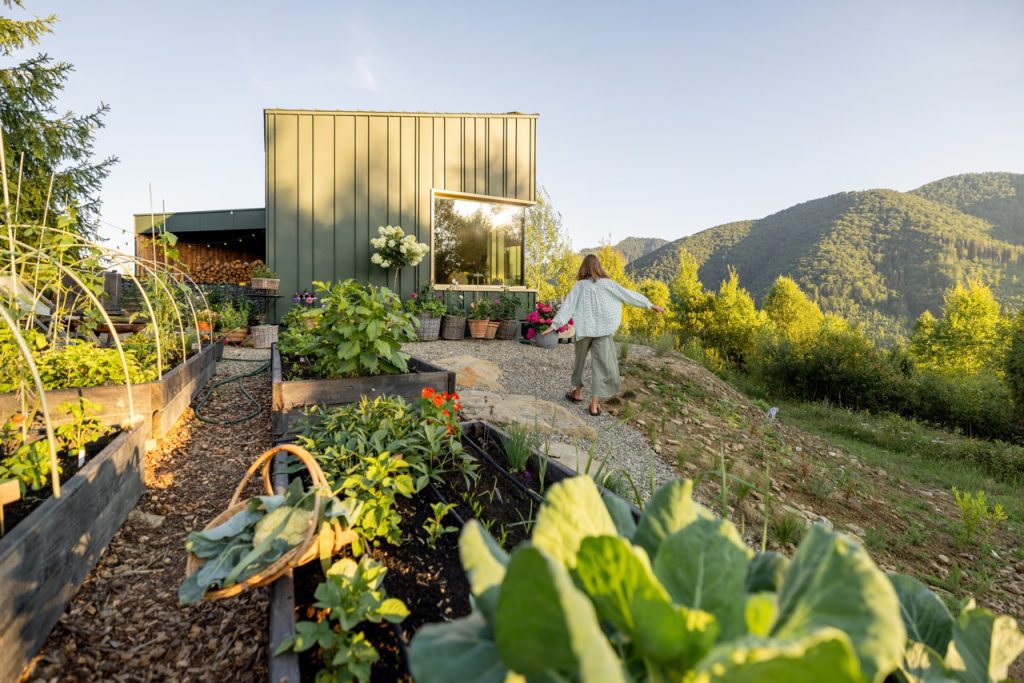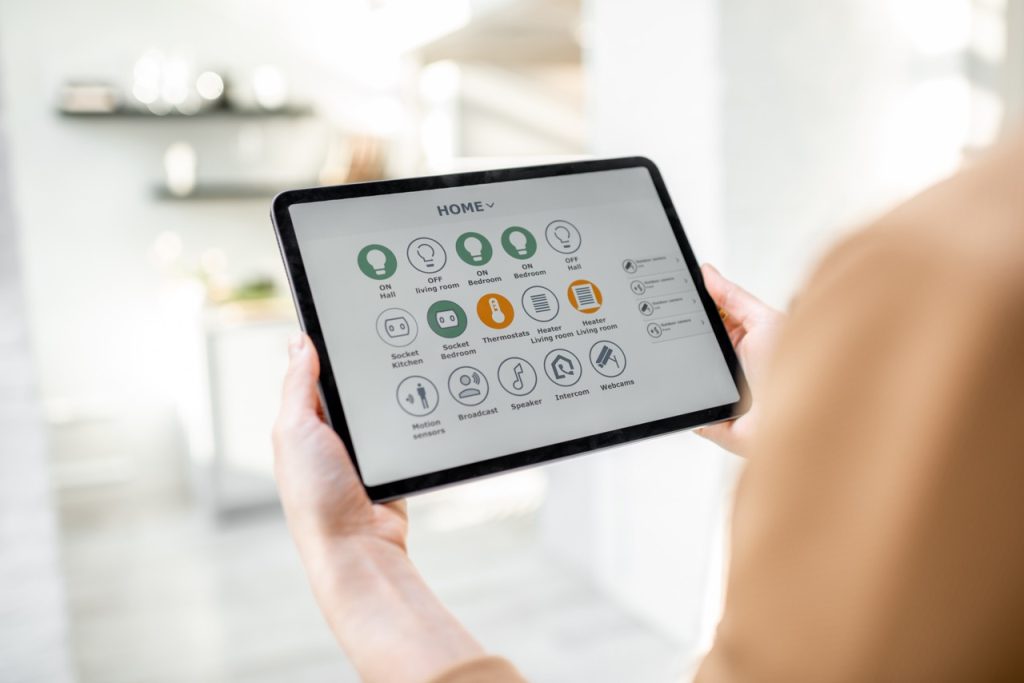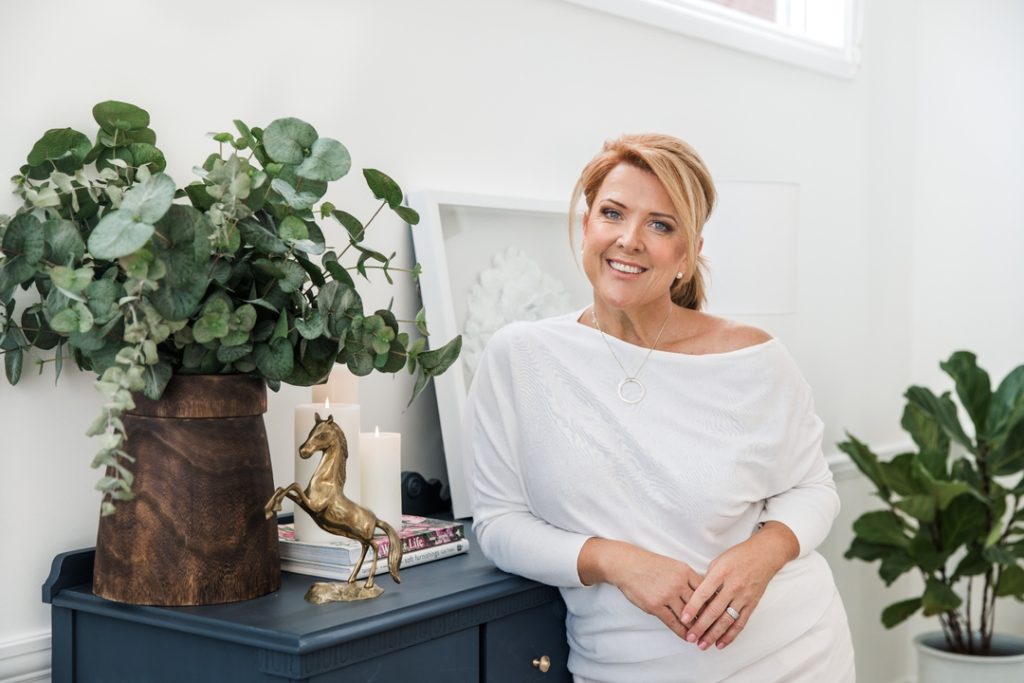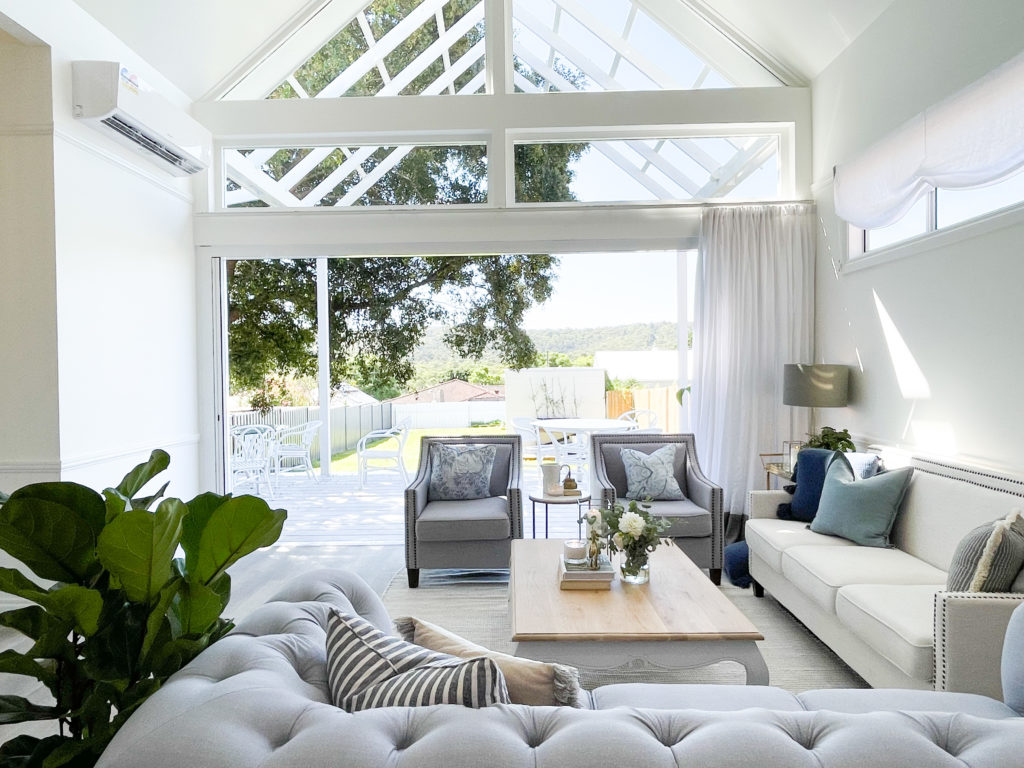The Future of Home Design and Floorplan Layouts
The home is no longer just a place to live—it’s a sanctuary, a workspace, and a playground. With changing lifestyles and a growing focus on sustainability, floorplan layouts are evolving to meet the needs of modern Australians. This blog, crafted in collaboration with Naomi Findlay, explores the future of home design and the trends shaping floorplan layouts.
Evolution of Open-Plan Living
Open-plan living has been a popular trend, offering flexibility and creating a sense of spaciousness. However, as more people work from home, there’s a demand for spaces that balance openness with privacy. Expect to see adaptable layouts that allow for seamless transitions between work and leisure, catering to both social and solitary activities.
The integration of multifunctional areas is another key aspect of open-plan evolution. Homeowners want spaces that can serve multiple purposes without sacrificing style or comfort. From sliding doors to movable walls, these innovations are making it easier to create versatile environments that suit varied needs.
Naomi Findlay, an expert in interior design, emphasises the importance of functionality in open-plan layouts. “It’s not just about knocking down walls—it’s about creating zones that enhance the way you live.” Her insights will be featured in her session, “5 Essential Steps to Create Your Ultimate Floorplan,” at the Home Inspo Stage in Brisbane.
Sustainability in Design
Sustainability is at the forefront of modern home design. Floorplans are increasingly being shaped by eco-friendly principles, prioritising natural light, energy efficiency, and the use of renewable materials. Solar panels, rainwater harvesting systems, and green roofs are becoming more common in Australian homes.
The use of sustainable materials is another growing trend. Bamboo flooring, recycled timber, and low-VOC paints are just a few examples of how homeowners can minimise their environmental impact. These materials not only contribute to a healthier home environment but also add a unique aesthetic appeal.
Naomi’s passion for transforming rural properties aligns with this trend. Her “weathered to wonderful” concept exemplifies how sustainability can be seamlessly integrated into design. By repurposing old farm buildings, she creates spaces that are both beautiful and environmentally responsible.

Smart Home Technology
Smart home technology is revolutionising the way we interact with our living spaces. From automated lighting to voice-controlled appliances, these innovations are making homes more convenient and efficient. Floorplans are adapting to accommodate the infrastructure needed for these technologies, such as dedicated hubs or concealed wiring systems.
The integration of smart technology extends beyond gadgets; it’s influencing the layout of homes to create more intuitive living experiences. For instance, sensor-based systems can automatically adjust lighting and temperature based on occupancy, enhancing comfort and reducing energy consumption.
Naomi Findlay’s experience in set design and styling for entrepreneurs’ video content highlights the potential of smart technology to create dynamic, adaptable spaces. Her designs showcase how technology can be used to enhance both functionality and aesthetics in floorplan layouts.

Indoor-Outdoor Connections
The connection between indoor and outdoor spaces is becoming increasingly important in home design. Australians value their outdoor lifestyle, and floorplans are evolving to blur the boundaries between inside and outside. Bi-fold doors, expansive windows, and covered alfresco areas are some of the features that facilitate this seamless transition.
Creating a strong indoor-outdoor connection enhances the sense of space and allows homeowners to enjoy the benefits of both environments. It also improves natural ventilation and lighting, contributing to a healthier, more sustainable home.
Naomi’s beautifully decorated space, Carrington House, exemplifies this trend. With its inviting indoor and outdoor areas, it serves as a perfect example of how thoughtful design can create harmonious living spaces.
Customisation and Personalisation
Personalisation is a significant trend in home design, as homeowners seek to create spaces that reflect their unique tastes and lifestyles. Customisable floorplans allow for greater flexibility, enabling individuals to tailor their homes to suit their specific needs.
From choosing finishes and fixtures to selecting room layouts, the ability to personalise a home offers a sense of ownership and satisfaction. This trend is also driving the demand for bespoke furniture and fittings, allowing homeowners to curate a space that’s distinctly theirs.
Naomi Findlay’s workshops offer valuable insights into personalisation, empowering individuals to make informed design choices. Whether you’re looking to upcycle furniture or create a bespoke space, her expertise can guide you in achieving your dream home.

Putting It All Together
The future of home design is all about adaptability, sustainability, and personalisation. With evolving trends in floorplan layouts, homeowners have the opportunity to create spaces that enhance their quality of life and reflect their individual styles. If you’re keen to explore these possibilities further, consider attending Naomi Findlay’s session in Brisbane. Her expertise in creating functional and beautiful spaces is sure to inspire.



